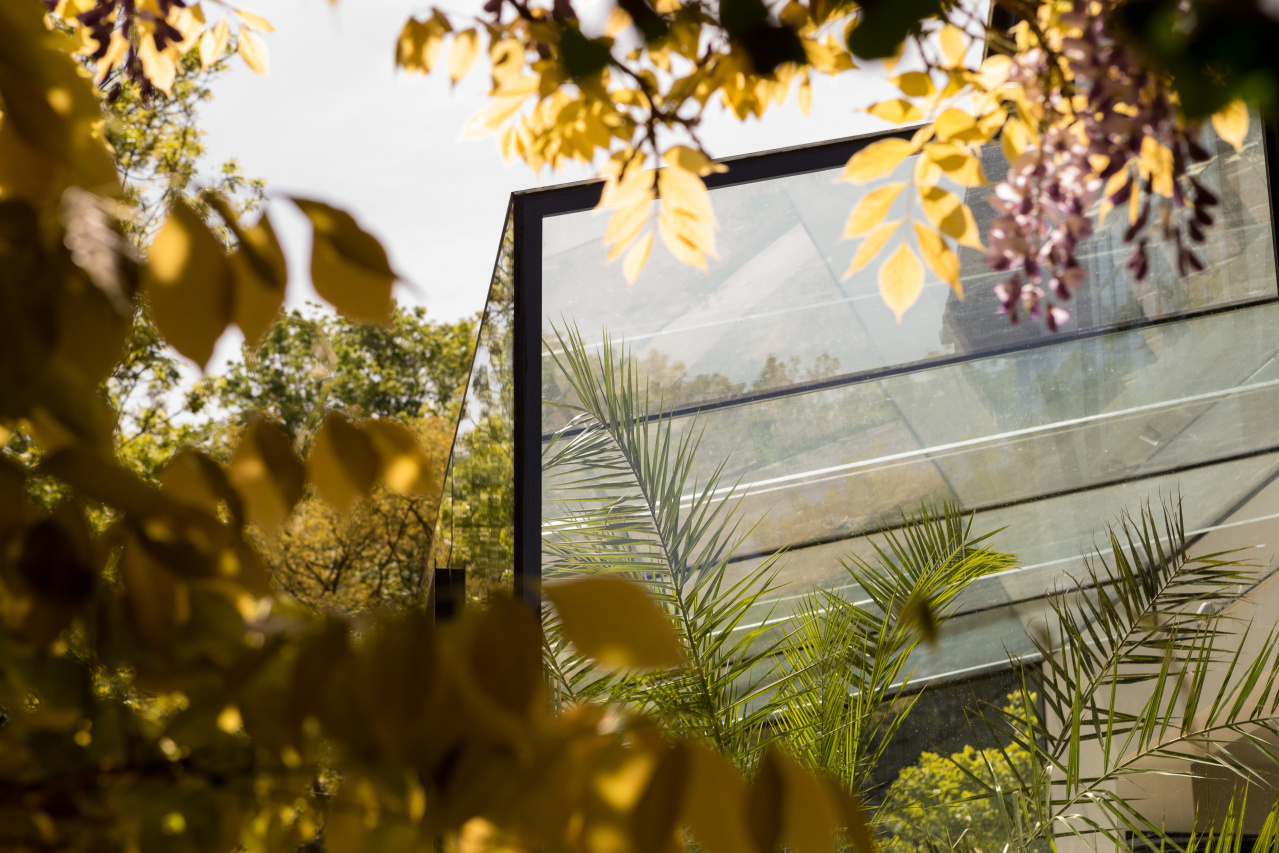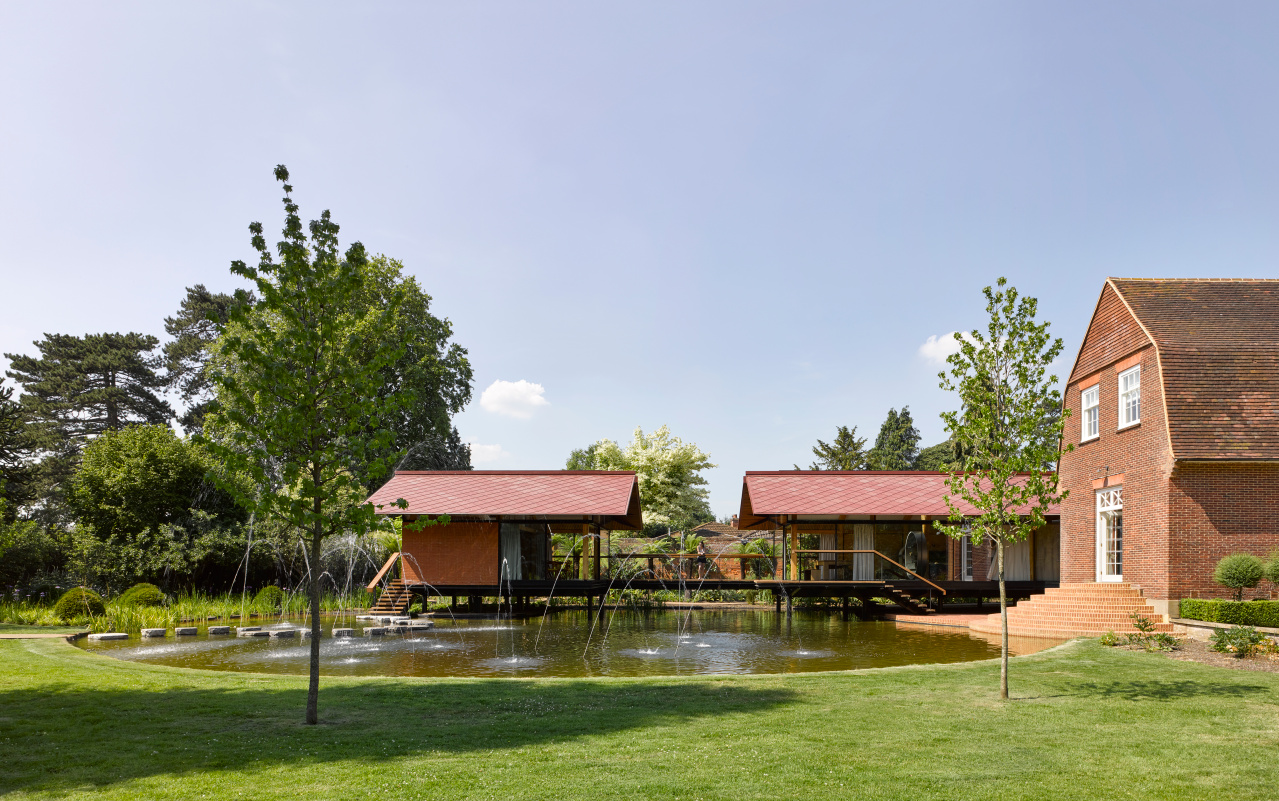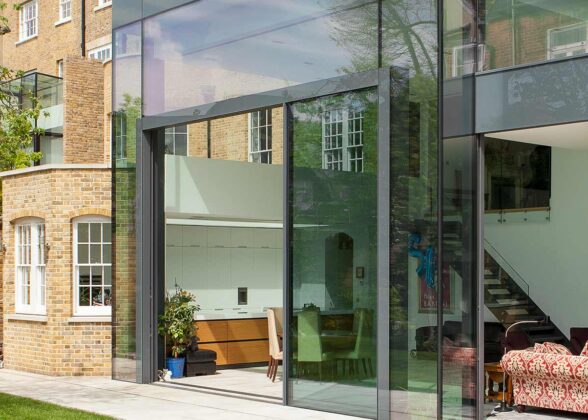This website uses cookies so that we can provide you with the best user experience possible. Cookie information is stored in your browser and performs functions such as recognising you when you return to our website and helping our team to understand which sections of the website you find most interesting and useful.
How to Build a Garden Room: Your Guide to Bringing the Outside In
Blend the outside world with the inside one by creating a garden room.
Plants are truly magical.
We’re not talking about sorcery reserved for the wizarding world of Harry Potter or the sleight-of-hand card tricks performed by skilled magicians. Instead, our leafy companions demonstrate impressive transformative abilities that have been well-known and well-documented for decades.
Scientists, homeowners and horticulturalists all agree on a simple equation: the more plants, the better. To be more specific, if you have a comfortable space from which to observe the outside world, you are likely to be happier, healthier and even more productive than your neighbours. Without a flick of a wand or any magic words, the presence of plants can make the world feel far more pleasant.
With those benefits in mind, we invite you to imagine a standalone room that is delightfully detached from your home and surrounded by greenery. You step inside, open the blinds to invite an abundance of beneficial natural light in, settle down into your favourite, most comfortable armchair with a good book, and become lost in a world within a world, far away from the everyday stresses and responsibilities that might put pause to your leisure time.
Whether you use the room as an art studio, writer’s retreat, reading space, or hang-out zone, it is here that the natural joy of the outside world meets the hobby or pastime from the outside one. Looking up from your book, easel or pool table, you are greeted with an ever-changing tapestry of flora and fauna, delighting you with its simplicity, its seasonal schedule and its slow but continual growth.
If this concept sounds idyllic, that’s because it is.
But before we discuss how to build a garden room, because that is what the concept is called, we first need to define exactly what we mean by a ‘garden room’.

What is a Garden Room?
A garden room is a standalone structure located within the boundary of your outside space. Far from being formulaic in design, purpose, and appearance, your garden room can be anything you want it to be. It might take the form of an art studio, a home office, a gym, a library, a gaming centre, or any other hobby space, but the fundamental principle will always be the same – combining the beauty of nature with the enjoyment of your pastime and the comfort of being in a purpose-built retreat.

How big can a garden room be?
The size of your garden room is limited only by your imagination and the available outdoor space. Practically speaking, a giant garden room that has been squashed into a relatively small space is unlikely to satisfactorily provide the aesthetic appeal or the simple functionality that a smaller room would achieve.
A good rule of thumb is to calculate the size of your garden room based on a one-to-five ratio – meaning it can take up one metre for every five available. Abiding by this principle depends on what you want to achieve with the end result, but it will create a garden room that seamlessly blends into its surroundings, and complements your natural planting choices rather than detract from them or – worse – replacing them.
How to Build a Garden Room
Having defined exactly what we mean by a garden room, it’s time to outline a few of the most important steps to creating one.
Step 1: Choose your site
This might be the most important step of them all. Where you choose to position your garden room will define not only how and when it gets used, but the impact it will have on your existing outdoor space, how warm it will be at different times of the year, what you will look at while you spend time here, how convenient it will be to move between the external room and your home, and how likely you will need to get planning permission before building it.
In an ideal world, your garden room would be located just far enough away from the house that it feels like a very separate space, a retreat if you will, but not so far that ‘commuting’ becomes a chore. It should fit in with the flow of your garden’s design (perhaps located at the end of a curving path and hidden from view by hedging), and it should enjoy a prime viewpoint from which to see the sights of your green space without having to crane your neck.
Step 2: Design the garden room
It’s what’s on the inside that counts. That statement might well be true of your conceptual garden room, but aesthetics still play an important role in its design. After all, you will likely spend most of your time in your home looking at the garden room, rather than the other way around. It should, therefore, at the very least, not present an eyesore on the landscape, but to think this way is to miss an opportunity to make the structure a truly impressive one.
Floor-to-ceiling glazing, such as a glass wall, glass door, and even a large retractable skylight, can boost the available natural light and maximise your view of the scenery, whereas biophilic elements such as a wrap-around native hedge or green roof modules can help to blend the room with its surroundings.
Incorporating plumbing into the design can also increase the number of possible uses that your green room can fulfil. While you might not like to install a toilet and bathroom, a simple tap can keep the hot and cold drinks flowing without requiring trips back to the house. Speaking of plumbing, water must not be able to sit on top of the garden room – if it does, the space might begin to feel damp, and its structural integrity could become compromised.
Step 3: Insulate
If you are reading this blog post in the UK, you will be all too familiar with our cold winters and hot summers. By failing to take these temperature fluctuations into account – something that is only going to become more pressing as we to navigate the effects of climate change – you might end up with a garden that can only be used in spring and autumn, one that is uninhabitably cold between November and March and stiflingly hot during the peak summer months.
Insulating your garden room doesn’t simply mean filling it with fibreglass, polyurethane foam, foil and aerogel. Doing so can marginally reduce your available space and can cause you to compromise on the interior’s overall aesthetics. Instead, thermal technology within premium glazing (such as ours) can make your space just as energy efficient – often more so – than when using more traditional insulating materials.
Step 4: Wrap it up in style
Let’s say you’ve designed your perfect art studio and put the bare bones into place. It’s functional, quite comfortable, and doesn’t look like an eyesore from the house. Now it’s time to elevate the space and make it the best possible room that it can be.
Firstly, let’s choose a colour palette that either blends into the neutral tones of our surroundings (think mossy greens and autumnal browns complemented by pastel shades), or pops, shouting for your attention in hot pink, electric blue, or sunshine yellow. You might also add some lighting, functionally guiding you and any guests to the garden room, and spotlighting it so that it’s hard to miss at night.
Stepping inside, it would be a good idea to include some potted plants like ferns, bamboos, or succulents. Doing so will tie together the outside space with the inside one, integrating the garden with whatever activity you choose to undertake. Then, of course, last but not least, is your choice of furnishings. Is the purpose of your garden room to inspire works of art? If so, minimalist seating, plenty of sculptures, and large, well-lit surfaces are likely to fit into the concept nicely. On the other hand, if you want a comfortable library in which to while away the hours, deep sofas, supportive armchairs, rustic desks, and plenty of old-world charm will likely be the order of the day.
Having guided you through just a couple of the main principles when thinking about how to build a garden room, it’s important that we also address a couple of the burgeoning questions you might also have.

Can you sleep in a garden room?
Yes. You can absolutely use your garden room as accommodation. Think of it like camping but in comfort, surrounded by the natural world, but keeping it at arms’ length. If you are thinking of sleeping in your garden room, it is vital that you make sure it is properly insulated, equipped with all of the appropriate amenities, and as comfortable as possible (think fold-out bed rather than roll mat on the floor, and fire, gas or electric heaters rather than blankets alone).
Do you need planning permission for a garden room?
If you have development rights to your home, you can usually erect a garden room – classified as an outbuilding – without needing to apply for planning permission. You might not have development rights if you live in an apartment, sharing the building with other tenants.
The need for planning permission will also depend on your intended use because it might affect the local community. A garden room built simply for your personal leisure is unlikely to need planning permission. A home office that is used by several of your colleagues, however, might require additional administrative sign-off if their arrival, presence and departure are deemed to be disruptive. Furthermore, if the garden room is being constructed in a world heritage site or an area of outstanding natural beauty, the size of your outbuilding is likely to be limited.
The short answer is that you are unlikely to need planning permission to construct a garden room, but if you are in any doubt, contact your local planning authority.
Do garden rooms add value to your property?
A garden room, classed as an outbuilding, can indeed add significant value to your property. In fact, professional valuers estimate that they can increase a home’s price tag by as much as 15%! If you paid a million pounds for a property, the addition of a small, well-designed garden room (perhaps utilising plenty of gorgeous glazing), you can expect that same property to fetch 1.15 million pounds when resold – a massive profit from such a simple structure.
A garden room stands out as a charming and highly versatile addition to any home. It seamlessly blends the pleasure of your cherished hobbies with the enchantment of the great outdoors, crafting a cosy retreat for you, your friends and family. In the journey of designing and constructing your garden room, various factors merit thoughtful consideration, including its placement, choice of furnishings, and the potential inclusion of plumbing facilities. Delving into each of these aspects diligently ensures that the resulting space not only offers a picturesque view that resonates with your preferences but also elevates the overall value of your home substantially.
If you would like to know more about achieving a garden room you will love, reach out to our team of glazing specialists today.




